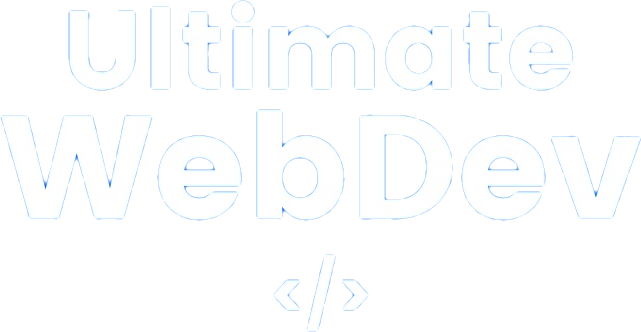HTML Comments
HTML comments serve as the unsung heroes of web development, providing a medium to leave notes and insights within the code without impacting the final output. These discreet annotations offer developers an avenue to explain, document, and organize their code, enhancing collaboration and maintenance.
Comment Syntax
HTML comments are encapsulated within <!– and –> tags. Any content within these tags is invisible to users but visible in the source code. This allows developers to include explanatory notes, reminders, or temporary code blocks that facilitate understanding, especially in complex projects.
Clarity and Documentation
Comments play a vital role in making code more comprehensible, both for the original developer and for others who might work on the project. They elucidate the logic behind intricate procedures, clarify the purpose of specific elements, and offer context for why certain decisions were made.
Collaboration and Communication
In collaborative projects, HTML comments become a form of communication between team members. They enable developers to convey ideas, explain changes, and address questions directly within the codebase. This fosters effective collaboration, as team members can quickly grasp the nuances of the code and make informed decisions.
Debugging and Troubleshooting
Comments prove invaluable during debugging sessions. They can help pinpoint problematic sections, explain the intention behind a certain piece of code, and provide historical context for changes. This significantly expedites the troubleshooting process, saving time and reducing frustration.
HTML comments are the silent narrators in the symphony of web development. They provide a platform for developers to communicate, educate, and express within the codebase. By offering insights into the thought processes, decisions, and intentions behind the code, comments transform mere code into a collaborative narrative that enhances both understanding and efficiency.

